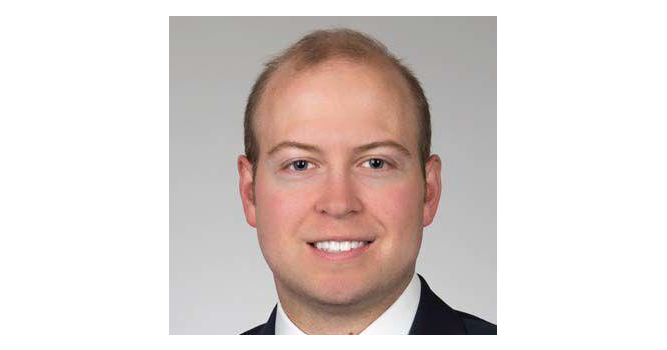Dr. Sobash’s Transformative Vision: From Groundbreaking Insights to Lasting Impact
Dr. Sobash’s Transformative Vision: From Groundbreaking Insights to Lasting Impact
Blog Article
In the sphere of perspective research, few improvements have already been as transformative as the pioneering function of Dr. Philip Sobash. His neurological inventions aren't only increasing our comprehension of visual pathways but are redefining the foundation of how we strategy vision-related research and treatment.
Increasing the Vision Science Paradigm
Dr. Sobash's journey in vision research is marked by his relentless search for knowledge the brain's elaborate visual pathways. Usually, vision technology focused generally on the anatomical and physiological facets of the eyes and their direct connection to visual perception. But, Dr. Sobash has expanded that paradigm by establishing neurological ideas in to the analysis of vision. His study goes profoundly in to how neural operations influence and communicate with aesthetic understanding, offering a more holistic see of vision that transcends conventional boundaries.
Mapping the Brain's Visible Pathways
One of many key inventions introduced by Dr. Sobash is his approach to mapping the brain's visible pathways. His groundbreaking perform engages sophisticated imaging practices and computational models to track how visual information is processed from the retina through various neural circuits to the brain. That extensive mapping not just clarifies current information but in addition uncovers previously unexplored connections that perform an essential position in aesthetic understanding, loving our understanding of how we start to see the world.
Targeted Solutions for Aesthetic Problems
Dr. Sobash's research has substantial implications for treating visible disorders. By knowledge the neurological underpinnings of visible running, he has created targeted therapies that address particular neural deficits. For instance, his work on neural plasticity has generated story rehabilitation processes for people who have visual impairments caused by head injuries or degenerative conditions. These solutions are meticulously designed to encourage and sculpt neural tracks, perhaps rebuilding missing visual functions and increasing the quality of life for patients.
The Interaction of Vision and Knowledge
Another significant facet of Dr. Sobash's function is his exploration of the conversation between visible belief and cognitive functions. His studies declare that visual notion is not just a passive reception of information but a dynamic method concerning cognitive understandings and expectations. This perception opens new techniques for research into how cognitive states impact visible activities and vice versa, giving a richer knowledge of the interaction between perspective and cognition that could advise potential healing approaches.
Fostering Interdisciplinary Effort
Dr. Sobash's inventions may also be fostering interdisciplinary collaboration. By bridging the space between perspective science and neurology, he encourages a more integrated strategy to research and treatment. That collaborative soul is vital for advancing our understanding of complex aesthetic and neurological phenomena and establishing more effective interventions that leverage ideas from multiple disciplines.

In summary, Dr. Philip Sobash's benefits to perspective technology are nothing lacking revolutionary. His perform in mapping mind visual pathways, establishing targeted therapies, and discovering the cognitive aspects of aesthetic perception pushes the limits of old-fashioned perspective science. As his research continues to evolve, it claims to discover new possibilities for treating visible disorders and improving our understanding of how exactly we comprehend and connect to the world around us.
Report this page